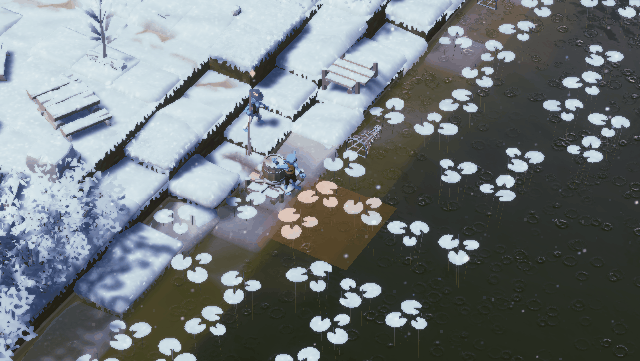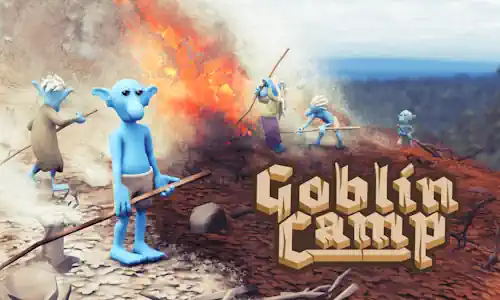A Bridge over Troubled Water
Hello campers!
The big Water Update is now out (read the release notes here)! We already talked about goblin outfits and experience, so now it’s time to talk hydraulics.
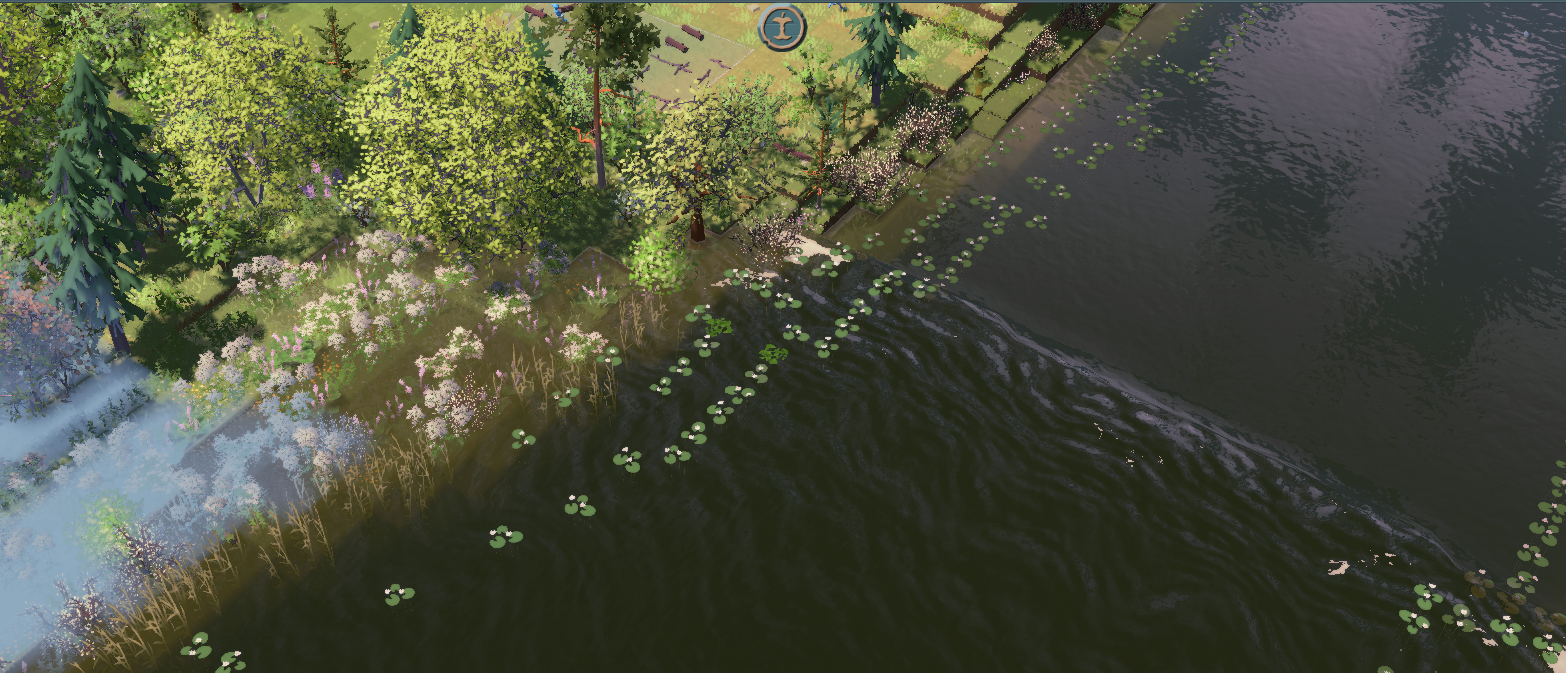
One of the notable new features in Goblin Camp is the spring flood. In the northern parts of the world, snow and ice tend to pile up, and when they start melting in the spring, the water level rises. So watch where you build! Luckily, if your clay pit gets flooded, help is available in the form of the screw pump.

But suppose you want your goblins to keep their feet dry? One way is to build a plank bridge.

Plank bridges are easy to build and can cross small stretches of water. However, you can only build them in tiles that are adjacent to land. To cross bigger stretches of water, you’ll need a pontoon bridge. Pontoon bridges are very clever constructions; they float on the water, so you can build one without the kind of extensive support structures you’d need for most bridges. Goblins use barrels as flotation devices, and those are easy to build at a carpenter’s workshop. But to tie the barrels together, they’ll need rope. So in addition to the various hydraulic structures, we’ve also introduced two different crops you can harvest for fiber, and an entire production chain.
The fiber crop par excellence around these parts is flax; the Kalevala describes the harvesting and processing of flax in some detail - although some people maintain the original was actually about hemp! You can find wild flax in Goblin Camp, and start a flax field.
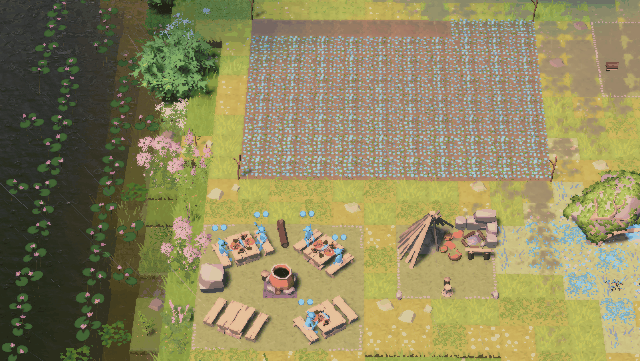
However, we’ve also introduced another plant you can farm. This one does everything: it provides you with stalks, that can be processed into fiber, and its leaves are also edible. This supercrop is the stinging nettle.
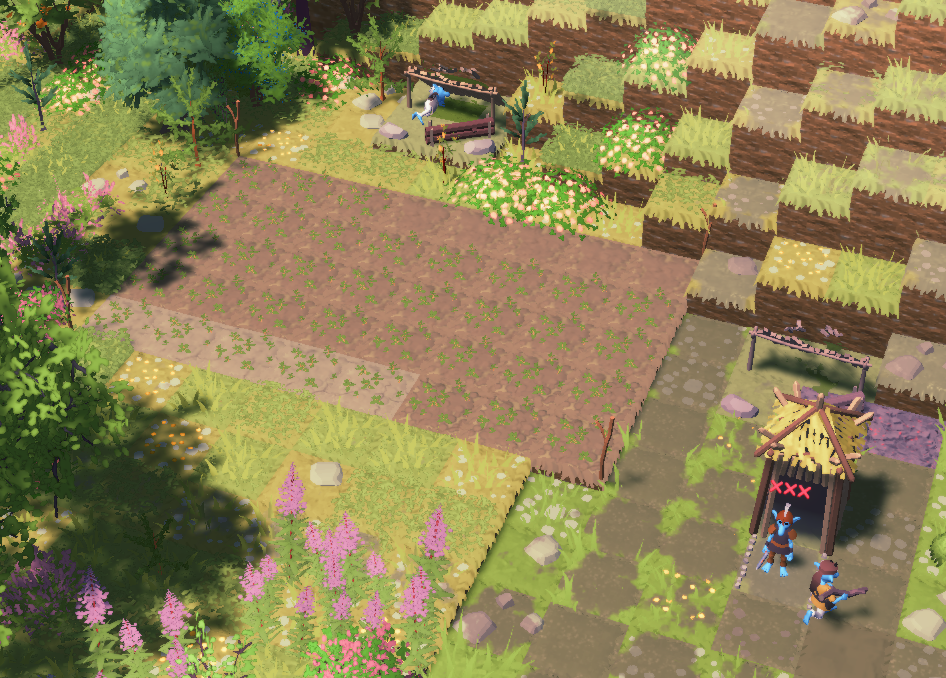
That’s right: the plant that burned you as a kid if you grabbed it by accident is not only edible, but was historically used as a source of fiber for thread, which was woven into cloth and even used in sails.
Whichever source of fiber you cultivate, researching pottery and spinning lets you build the workshops that turn it into thread. The first of these is the retting yard, a noxious place where the fibers are soaked in water.
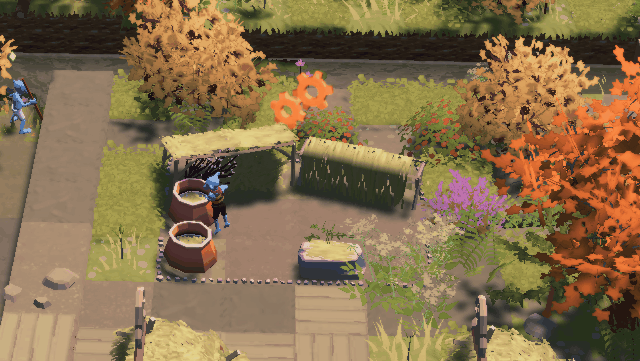
See that little star in the gif? That goblin just gained some heckling experience.
Retting produces fiber, which is then taken to a spinner to be spun into thread.

Thread can be woven into cloth, and in the future, you’ll be able to use it for a number of tools and whatnot. Right now, though, we’re interested in rope, and there’s a new workshop for that as well: the rope-maker!

And once you’ve got rope, all you need is barrels to build a pontoon bridge clear across the river, and explore whole new frontiers.
